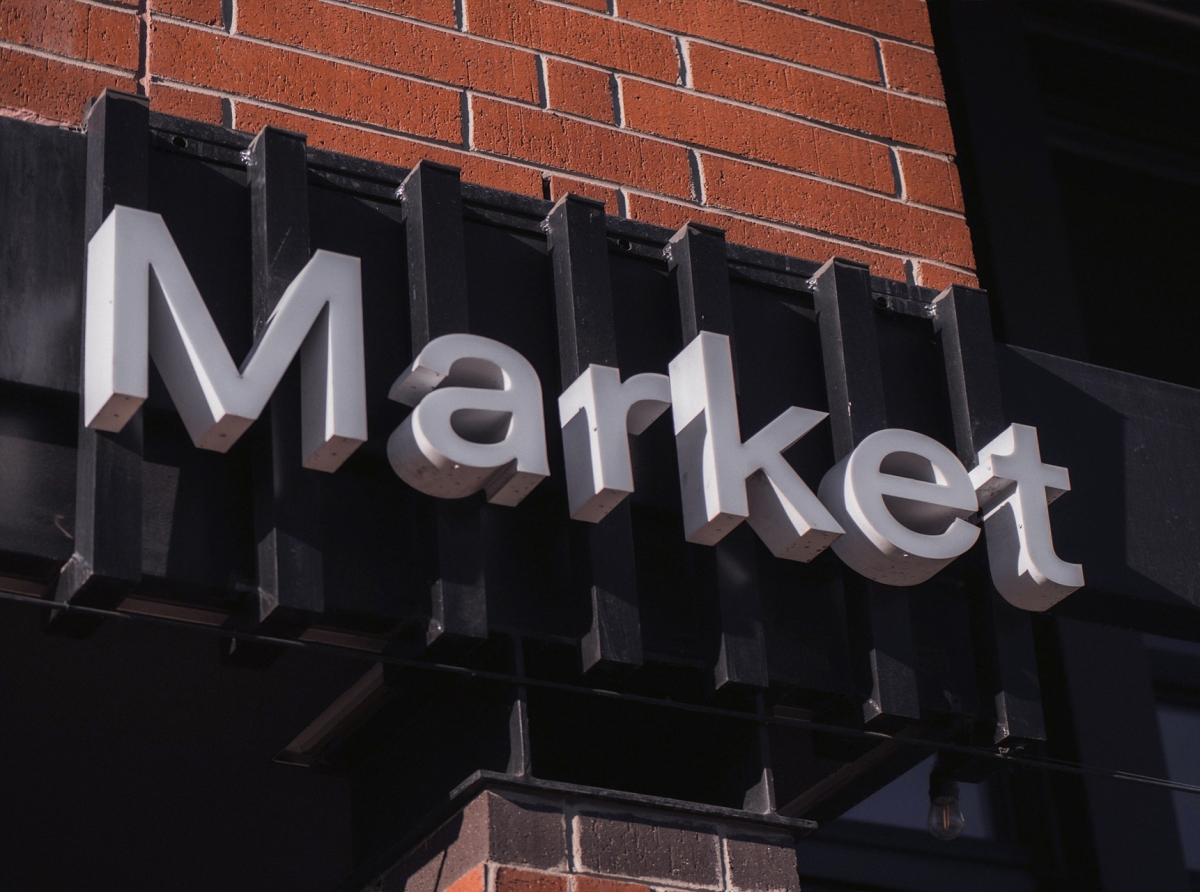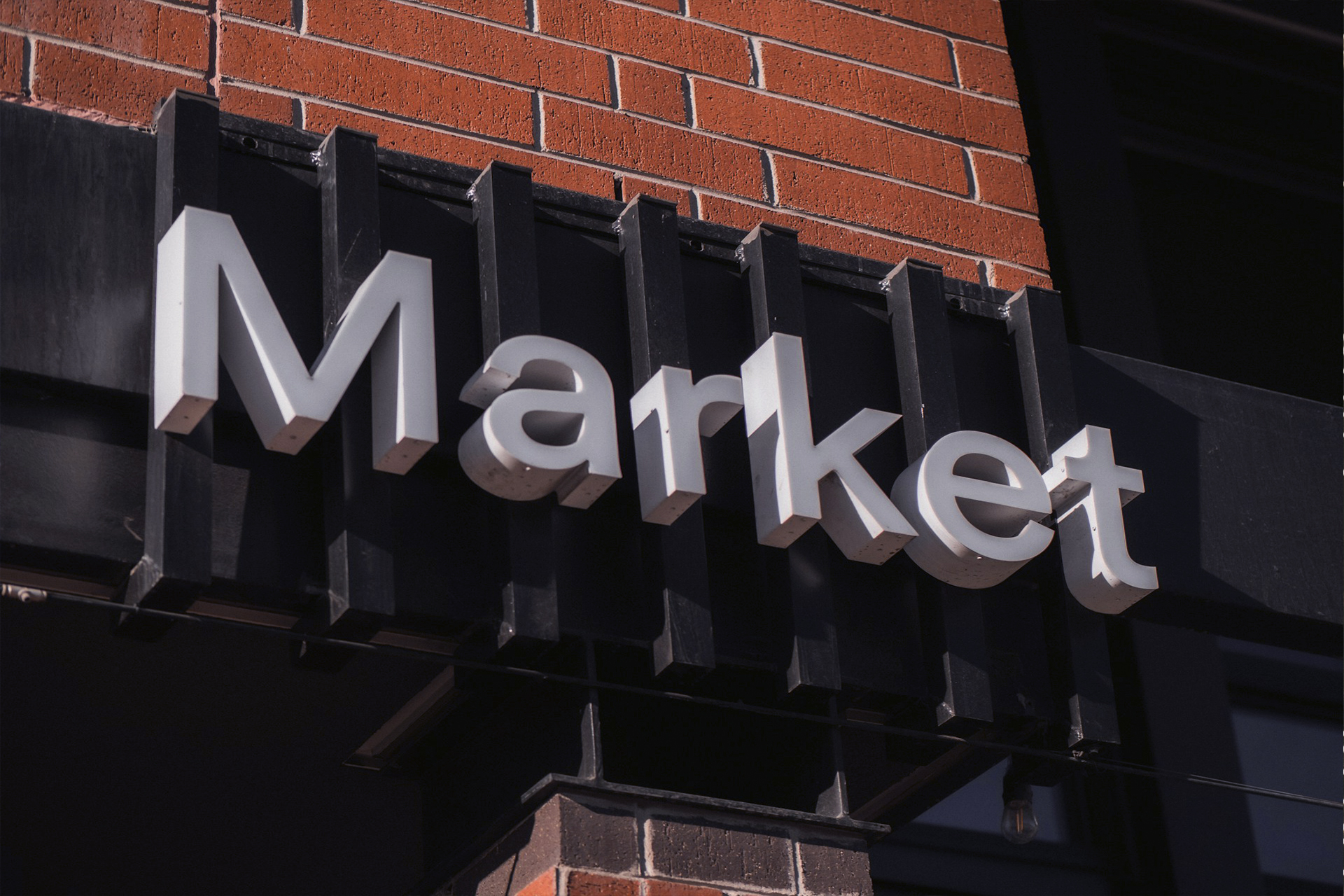Premarket and Postmarket: Extended Trading Sessions and Their Role in a Trader's Strategy Introduction

Premarket and Postmarket: Extended Trading Sessions and Their Role in a Trader's Strategy Introduction
Pre- and post-market trading is becoming increasingly important for retail traders. According to U.S. brokers, more than 25% of all retail trades occur during extended hours.
This means that ignoring these periods means missing out on part of the market picture. However, success requires the right approach: strict risk management, access to reliable trading infrastructure, and an understanding of the specifics of illiquid markets.
This means that ignoring these periods means missing out on part of the market picture. However, success requires the right approach: strict risk management, access to reliable trading infrastructure, and an understanding of the specifics of illiquid markets.
The modern stock market is not limited to the classic trading hours of the stock exchanges. Electronic trading technologies and the growing interest of retail investors have led to the pre-market and post-market becoming an important part of the trading process. These periods allow market participants to react to corporate reports, macroeconomic statistics and world events even before the opening of the main session or after its completion.
Extended sessions may seem like a secondary consideration to a new trader. But experienced investors know that this is where key market trends are often formed, opening levels are set, and the momentum for the next day is built.
Extended sessions may seem like a secondary consideration to a new trader. But experienced investors know that this is where key market trends are often formed, opening levels are set, and the momentum for the next day is built.

Premarket and Postmarket: Extended Trading Sessions and Their Role in a Trader's Strategy Introduction
What is premarket and postmarket?
Pre-market is the period of trading before the official opening of the exchange . For example, on the New York Stock Exchange (NYSE), the main session begins at 9:30 am Eastern Time, and the pre-market starts at 4:00 am and lasts until 9:30 am.Post-market (after-hours trading) is trading after the close of the main session , that is, from 4:00 PM to 8:00 PM Eastern Time.
Thus, the real “lifetime” of the market is much longer than is commonly believed: in fact, shares of the largest US companies can be traded for almost 16 hours a day.
Why is this important for traders?
Reaction to earnings and newsMany companies release quarterly earnings either before the market opens or after the market closes. This creates sharp price movements in the pre-market or post-market.
World Events
US and European macroeconomic data are often released before the main session starts. Decisions by the Fed or the European Central Bank also affect extended-hours quotes.
Opening Price Formation
It is the premarket that determines at what price a stock will open in the main session. Institutional investors use this window to position themselves ahead of the big money.
Arbitrage Opportunities
Experienced traders use extended hours to look for price discrepancies between different platforms and instruments.
Features and risks
Despite their attractiveness, pre-market and post-market have a number of nuances:Low liquidity - fewer orders, wide spread.
High volatility - the price can change dramatically even due to small volumes.
Access is limited - not all brokers allow trading during these periods, and fees may be higher.
Risk of “false signals” – movement in the pre-market does not always continue in the main session.
Extended Session Trading Strategies
News TradingUsed when corporate reports or macroeconomic indicators are released. Traders quickly react to the information and capture short-term movements.
Gap trading
The strategy is based on price gaps between the close of the previous session and the opening of the new one. The trader evaluates whether the gap will close during the day.
Trend Confirmation
Some investors look at pre-market and post-market trading to find signals that confirm daily moves. If a stock rises both before and after the main session, it may be a signal that a trend is strong.
Geographic context (GEO)
Exchange opening hours and access to extended sessions vary by country:USA : Premarket 4:00–9:30, Postmarket 4:00–8:00 pm (ET).
Europe : Trading is mostly within standard sessions, but access to derivatives and futures is expanded.
Asia : The Japanese and Chinese markets have their own characteristics, but the impact of the US premarket is felt globally.
This is important for international traders who build cross-market strategies.
Conclusion
Premarket and postmarket are not an “add-on” to the main session, but independent trading arenas. They allow traders to react to events earlier, open up new opportunities for analysis, and give a chance to catch trends before the bulk of participants.However, to trade successfully during these hours, you need to consider the risks, use proven strategies, and analyze not only price movements but also their context. For a novice trader, extended hours can be a great training ground, and for a professional, a source of competitive advantage.
By Miles Harrington
September 18, 2025
Join us. Our Telegram: @forexturnkey
All to the point, no ads. A channel that doesn't tire you out, but pumps you up.









Report
My comments